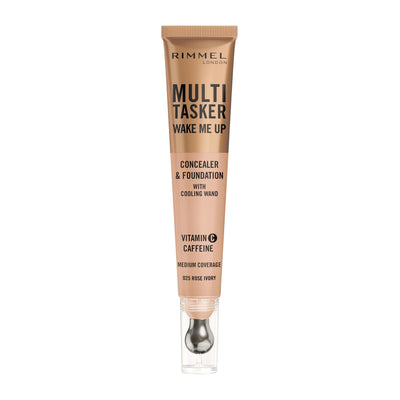How Long Does Self Tan Take To Develop?
Welcome to our blog, where we unravel the mysteries of self-tanning! If you've ever wondered about the timing behind achieving that perfect sun-kissed glow from a bottle, you're in the right place. In this guide, we delve into the fascinating world of self-tanning and answer the burning question: How long does it really take for self-tan to develop? Whether you're a self-tanning newbie or a seasoned bronzing pro, join us as we explore the factors that influence the development time of self-tanners, share tips for achieving optimal results, and debunk common myths along the way. Get ready to unlock the secrets to a flawless faux tan!
How Does Self Tan Work?
Self-tanning products work by using a color additive called dihydroxyacetone (DHA), which interacts with the amino acids in the top layer of your skin to produce a temporary pigment change. When you apply a self-tanner to your skin, the DHA reacts with the dead skin cells on the surface, causing them to darken and mimic the appearance of a suntan.
How Long Does Self Tan Take To Develop?
As the self-tanner develops, typically over the course of several hours, the colour gradually deepens, reaching its peak intensity within 24 to 48 hours after application. During this time, it's essential to avoid activities that could cause sweating or moisture to come into contact with the skin, as this can disrupt the development process and lead to uneven results.
Once the colour has fully developed, it will gradually fade as the outer layer of skin naturally sheds over the course of a few days to a week, depending on factors such as your skin type, skincare routine, and how well you moisturize your skin. To maintain your tan, you can apply additional layers of self-tanner as needed or use gradual tanning products to prolong the colour between applications.
Self Tan Tip
It's important to note that self-tanning products do not provide any protection against the sun's harmful UV rays, so it's still essential to use sunscreen when spending time outdoors to protect your skin from sun damage and reduce the risk of sunburn.
Top Self Tanning Brands
Sally Hansen
Sally Hansen are known for their amazing line of airbrush legs sprays. A strong consideration to getting that perfect glow on your legs.
Bellamianta
Trusted by households across the UK. Bellamianta formulas make self tanning effortless and stunning.
Palmers
Palmers bronze lotions can help you get that ever glow skin. Featuring cocoa butter and coconut oil, these make for highly skin moisturising self tanners.
Way To Beauty
As stated on their brand, their self tanning formulas are must haves for those looking for streak free and natural looking glow.
Sunkissed
Their easy to apply formulas dries quickly, and the added bonus of natural Aloe Vera will leave your skin feeling super smooth and hydrated.
FAQs
1. How long does it take for a self-tanner to develop? The development time for self-tanners can vary depending on the product and your skin type. Generally, you can expect to see noticeable color within a few hours of application, with the color deepening over the next 24 to 48 hours.
2. How long will my self-tan last? The longevity of your self-tan depends on factors such as your skin type, skincare routine, and how well you moisturize your skin. Typically, self-tans can last anywhere from a few days to a week before gradually fading as the outer layer of skin sheds.
3. Can I shower after applying self-tanner? It's best to wait at least 6 to 8 hours after applying self-tanner before showering to allow the product to fully develop. However, some self-tanners offer rapid development times, allowing you to shower sooner. Always check the instructions on the product for specific guidance.
4. How can I achieve a streak-free self-tan? To achieve a streak-free self-tan, exfoliate your skin beforehand to remove dead skin cells, moisturize dry areas like elbows and knees, and apply the self-tanner using smooth, even strokes. Using a tanning mitt can also help ensure a seamless application.
5. Can self-tanning products cause skin irritation or allergic reactions? While rare, some individuals may experience skin irritation or allergic reactions to the ingredients in self-tanning products, especially those with sensitive skin or allergies. It's essential to perform a patch test before using a new self-tanner and to discontinue use if you experience any adverse reactions












